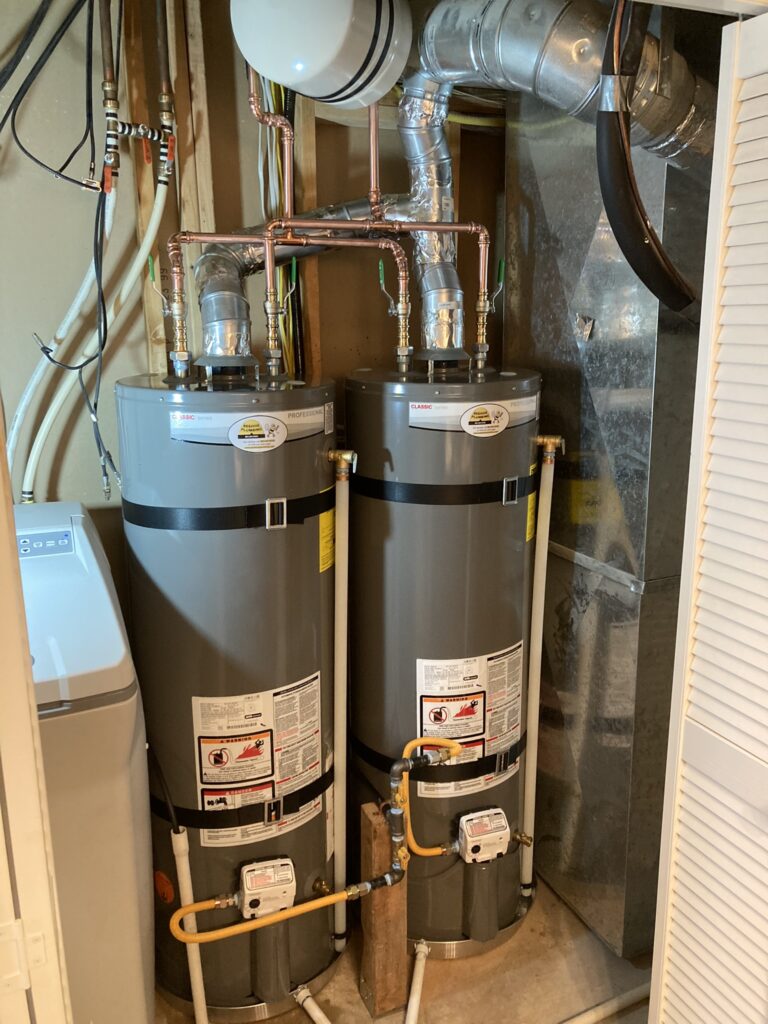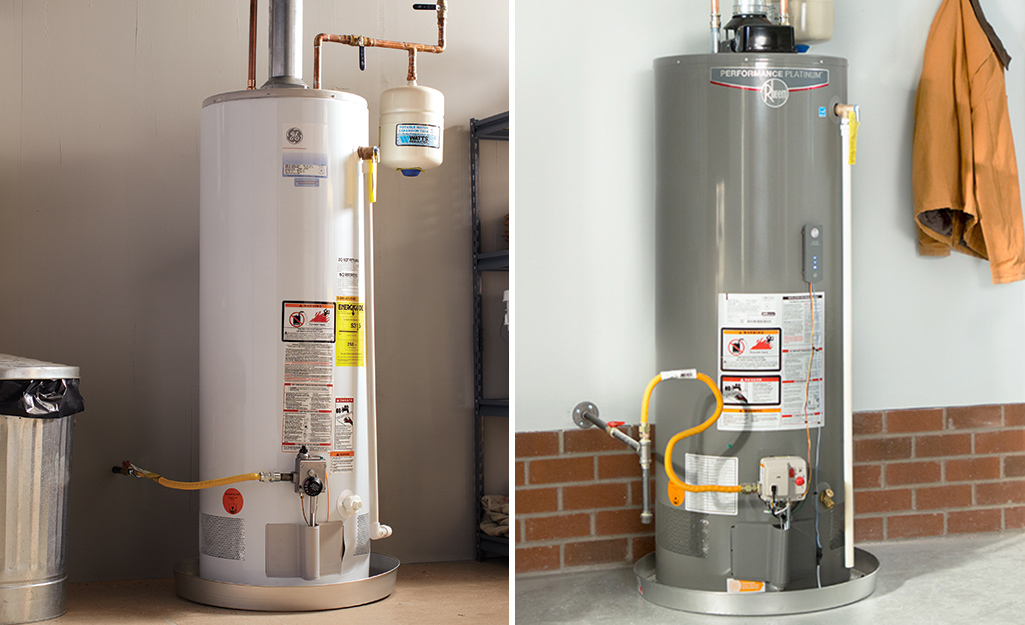Experienced Plumber Denton Offering Emergency Plumbing
Experienced Plumber Denton Offering Emergency Plumbing
Blog Article
Full Guide to Water Heating UnitInstallment and Replacement
Comprehending the details of hot water heater installment and replacement is vital for homeowners seeking to make sure performance and reliability in their hot water supply. From picking the suitable kind and dimension to performing a smooth installation procedure, a number of variables have to be taken into consideration to prevent usual mistakes. This overview will supply you with the required steps and insights to browse the complexities of this home enhancement job, while also highlighting vital upkeep techniques that can lengthen the life of your system. As you check out these aspects, you may find on your own reassessing your existing arrangement and identifying areas for enhancement.
Sorts Of Hot Water Heater
When considering hot water heater installation and substitute, it is important to recognize the numerous sorts of water heaters offered in the market. The most usual types include container water heating systems, tankless hot water heater, warmth pump hot water heater, and solar water heating systems.
Container water heating systems are traditional systems that save a specific volume of hot water, making them easily offered when needed. In comparison, tankless water heating units give hot water on need, getting rid of the demand for storage.
Heat pump water heating systems utilize electricity to move heat from the air or ground to warm water, using considerable power cost savings yet calling for more room and specific installment conditions. Solar water heating units harness solar power to warm water, offering an eco-friendly choice with potential lasting expense savings, although they often require a back-up system for over cast days.
Understanding these alternatives makes certain educated decisions pertaining to installment and replacement, satisfying particular needs and choices.
Picking the Right Size
Picking the appropriate size for a hot water heater is critical to make certain optimal efficiency and effectiveness. A device that is as well small will certainly have a hard time to satisfy household demands, bring about irregular warm water schedule and raised power intake. On the other hand, an oversized hot water heater can result in unneeded power waste and higher energy bills.
To establish the best size, consider the house's peak warm water usage. This can be determined based on the variety of passengers and their regular warm water requirements. As an example, a family of 4 might call for a hot water heater with a capability of 50 to 80 gallons, depending on the use patterns, such as synchronised showers and laundry.
Furthermore, examine the recuperation price, which measures exactly how swiftly a heating system can renew warm water after it has actually been utilized. For tankless versions, concentrate on the circulation price, gauged in gallons per min (GPM), to guarantee it fulfills the household's simultaneous demand.

Installation Process Introduction

Following, the old unit has to be disconnected and removed, making sure to adhere to regional codes and regulations regarding disposal. Once the old device is out, the brand-new water heating unit can be placed in position. This action entails linking the water lines, ensuring that all installations are leak-free and protected.
After developing water links, it's necessary to connect the power supply, whether electrical or gas, following the maker's directions meticulously. When all links are made, the system needs to be loaded with water, and the power can be turned back on. Finally, it's important to look for leakages and make sure the water heating system is functioning properly before completing the setup procedure.
Common Installment Blunders

Another regular blunder is neglecting to adhere to local codes and guidelines. Failing to stick to these criteria can not only lead to safety and security risks yet may additionally result in costly fines or the requirement for expensive reinstallation.
Falling short to protect connections or using the incorrect kind of fittings can lead to leaks and water damages. By preventing these typical installment errors, property owners can ensure their water heating system runs safely and successfully, making the most of performance and longevity.
Upkeep Tips for Durability
Proper upkeep of a water heating unit is necessary for its durability and optimal efficiency. Normal examinations and servicing can prevent costly fixings and prolong the More hints home appliance's lifespan. Begin by checking the temperature level setting; it needs to usually be set between 120 ° F and 140 ° F for ideal energy efficiency and safety and security.
Every 6 months, purge the storage tank to remove sediment buildup, which can hinder heating efficiency and create deterioration. To do this, switch off the heating system, connect a tube to the drain shutoff, and let the water run till it is clear.
Anode rods should be evaluated each year and changed when they are worn away. These poles aid prevent container rust by attracting destructive elements in the water.
Furthermore, inspect the stress safety valve regularly to guarantee it is functioning correctly. This shutoff is vital for stopping too much pressure accumulation within the container.
Finally, consider arranging a specialist upkeep check every few years for detailed assessments and servicing. By adhering to these upkeep suggestions, house owners can significantly boost the efficiency, safety, and lifespan of their water heaters, ensuring reputable warm water for several years ahead.
Verdict
In final thought, correct setup and upkeep of water heating units are vital for making certain effectiveness and long life. By understanding these crucial elements, home owners can accomplish a trusted hot water supply while decreasing prospective concerns associated to water heating system operation.
Comprehending the complexities of water heating unit installment and replacement is important for home owners seeking to ensure efficiency and dependability in their hot water supply.Container water heating units are traditional systems that keep a particular quantity of warm water, making them conveniently available when needed. In contrast, tankless water heating systems offer hot water on need, removing the need for storage. Choosing a water heating unit that is either also tiny or also huge can lead to ineffectiveness, resulting in insufficient warm water supply or extreme power consumption.
By comprehending these crucial aspects, homeowners can achieve a trustworthy warm water supply while decreasing potential issues related to water heater operation. drain cleaning.
Report this page